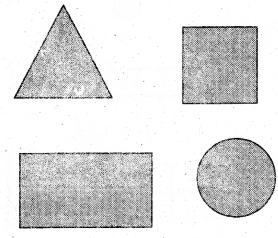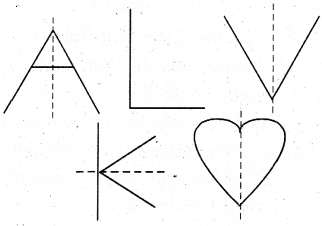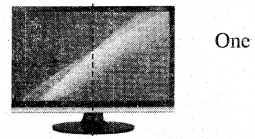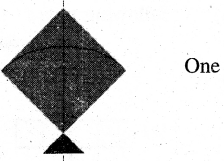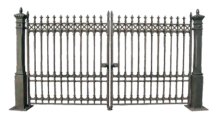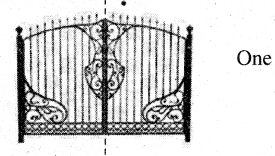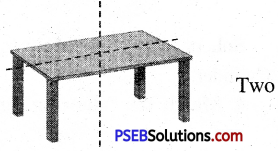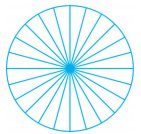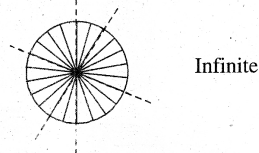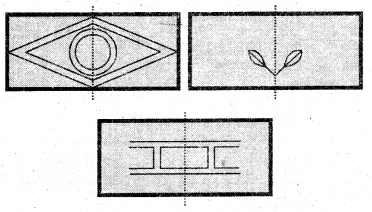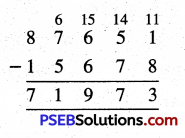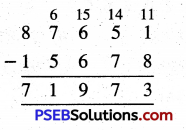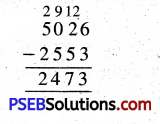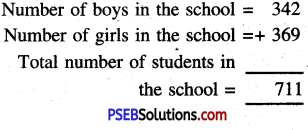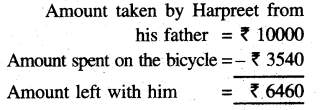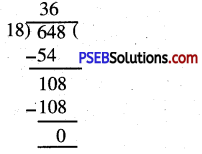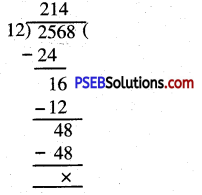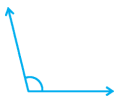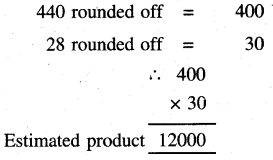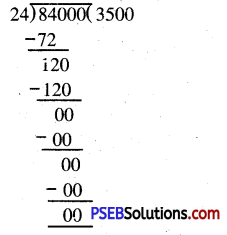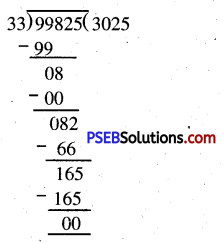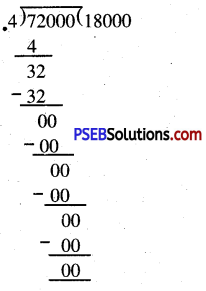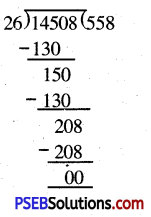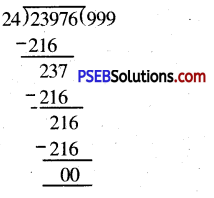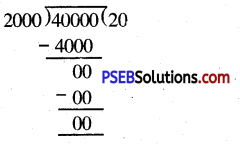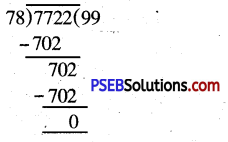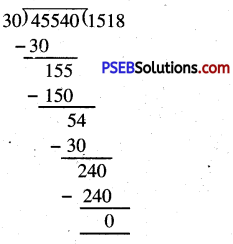Punjab State Board PSEB 5th Class Maths Book Solutions Chapter 7 Geometry Ex 7.2 Textbook Exercise Questions and Answers.
PSEB Solutions for Class 5 Maths Chapter 7 Geometry Ex 7.2
1. Measure the following angles using protractor:
Question 1.

Solution:
70°
Question 2.
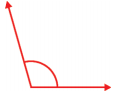
Solution:
105°

Question 3.
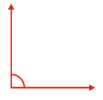
Solution:
90°
Question 4.

Solution:
130°
Question 5.
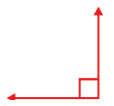
Solution:
90°

Question 6.

Solution:
115°
Question 7.

Solution:
20°
Question 8.

Solution:
50°
Question 9.

Solution:
35°

Question 10.
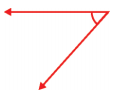
Solution:
50°
2. Draw the following angles by using a protractor:
Question 1.
15°
Solution:

Question 2.
40°
Solution:
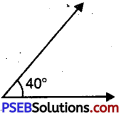
Question 3.
42°
Solution:
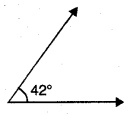

Question 4.
53°
Solution:
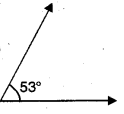
Question 5.
65°
Solution:
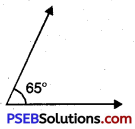
Question 6.
75°
Solution:
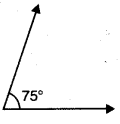
Question 7.
90°
Solution:
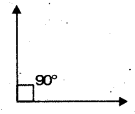

Question 8.
110°
Solution:
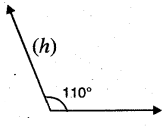
Question 9.
117°
Solution:
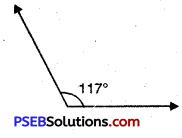
Question 10.
135°
Solution:
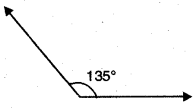
Question 11.
157°
Solution:


Question 12.
180°
Solution:

3. Pick out the acute angle, obtuse angle and right angle from the following :
Question 1.
35°
Solution:
Acute angle
Question 2.
89°
Solution:
Acute angle
Question 3.
120°
Solution:
Obtuse angle

Question 4.
100°
Solution:
Obtuse angle
Question 5.
96°
Solution:
Obtuse angle
Question 6.
74°
Solution:
Acute angle
Question 7.
62°
Solution:
Acute angle

Question 8.
166°.
Solution:
Obtuse angle.
4. Fill in the blanks :
Question 1.
An angle between 0° and 90° is called ………………
Solution:
Acute angle
Question 2.
175° angle is ……………… angle.
Solution:
Obtuse
Question 3.
The hands of a clock make an angle of ……………….. at 3 a.m.
Solution:
right angle
Question 4.
Measurements of an angle between North and South direction is ………………….
Solution:
180°

Question 5.
An acute angle is ……………….. than right angle.
Sol.
smaller.
5. Tick the True and False :
Question 1.
Measurement of right angle is 90°.
Solution:
True
Question 2.
Right angle is greater than acute angle but smaller than obtuse angle.
Solution:
True
Question 3.
On the Internal and External scale of protractor, measurements are written up to 90°.
Solution:
False

Question 4.
85° is a right angle.
Solution:
False
Question 5.
115° is an obtuse angle.
Solution:
True
Question 6.
90° is an acute angle.
Solution:
False
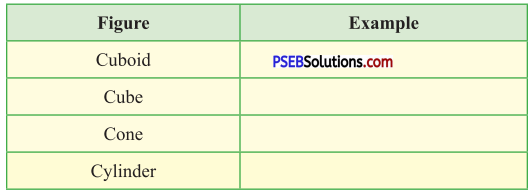
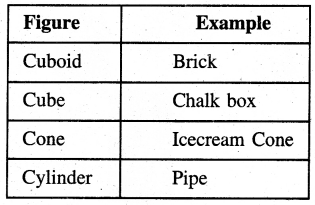
![]()

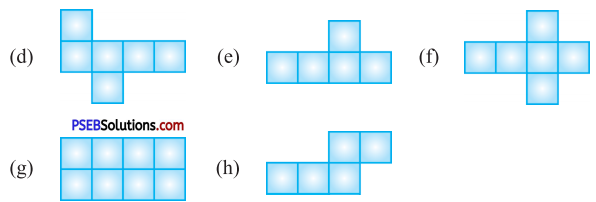
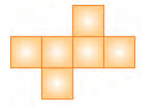
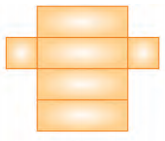
![]()

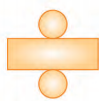
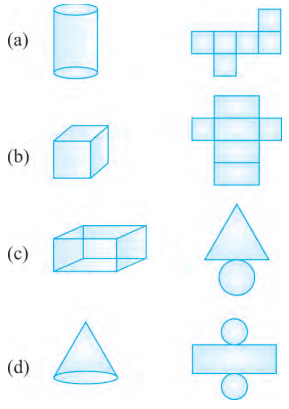
![]()

